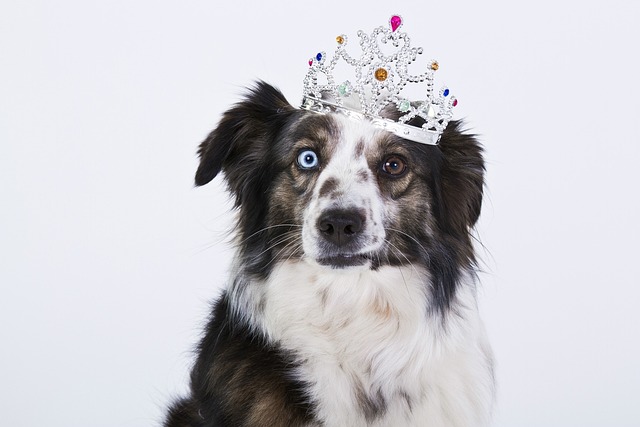
What is glaucoma in a dog?
You might notice your dog squinting more at mealtime or avoiding bright sunlight—these small changes could be early signs of a serious eye condition.
Horner’s syndrome in dogs often shows up as a droopy eyelid, a small pupil, or even a sunken eye on one side—but those signs don’t have to mean a lower quality of life. Many dogs with this condition adjust quickly, especially if the underlying cause (like a mild nerve issue or injury) is treated early by a vet. You might notice they still chase their favorite toy or greet you at the door just like before—their bodies simply find new ways to adapt.
It’s key to stay on top of vet checkups, though, because some causes of Horner’s (like thyroid problems or tumors) need ongoing care. In places where pet health records are required for things like boarding or dog parks, keeping these visits documented also helps you stay compliant with local rules. No one wants a last-minute issue when you’re planning a trip—having those papers ready keeps things smooth for both you and your pup.
 Daily life adjustments are usually small and easy to work into your routine. For example, if your dog’s eye gets dry more easily, your vet might suggest eye drops you can apply once a day. You don’t need to rearrange your whole home—just keep their water bowl full and make sure they have a cozy spot to rest, same as always. Most dogs don’t even notice the extra step; they’re too busy enjoying their walks or snuggling on the couch.
Daily life adjustments are usually small and easy to work into your routine. For example, if your dog’s eye gets dry more easily, your vet might suggest eye drops you can apply once a day. You don’t need to rearrange your whole home—just keep their water bowl full and make sure they have a cozy spot to rest, same as always. Most dogs don’t even notice the extra step; they’re too busy enjoying their walks or snuggling on the couch.
When it comes to public outings, like trips to the dog park or walks around the neighborhood, there’s rarely a need to hold back. Just keep an eye on how your dog acts—if they seem tired or their eye looks irritated, head home a little early. In areas where leashing is mandatory, sticking to those rules not only keeps you legal but also lets you keep a closer watch on their comfort. Other dog owners might ask about their eye, but a quick, friendly explanation usually clears things up.
Remember, Horner’s itself isn’t painful for dogs—their main challenge is adjusting to minor changes in their vision or eye comfort. With your support, they’ll keep doing the things they love: playing fetch, going for car rides, or even napping in the sun. Some owners worry about their dog feeling “different,” but dogs live in the moment—they don’t care about a droopy eyelid; they care about spending time with you.
Your dog’s ability to live a normal life with Horner’s mostly depends on quick treatment and consistent care—and a lot of love. As long as you stay in touch with your vet, follow local pet regulations, and keep an eye on their comfort, they’ll thrive. Whether it’s a walk around the block or a lazy afternoon at home, those small, happy moments are what make life normal for any dog—and Horner’s won’t stop that.

You might notice your dog squinting more at mealtime or avoiding bright sunlight—these small changes could be early signs of a serious eye condition.

Let’s set the scene: It’s a sweltering Phoenix afternoon—105°F outside—and you rushed your 2-year-old Lab mix, Cooper, on a quick walk to “get it over with.”

Let’s get real: You’re in your Miami apartment, watching your 3-year-old Corgi, Loki, struggle to climb the stairs to your second-floor unit.

Many dog owners brush off occasional scratching as just “dog behavior,” but persistent itching often signals something more—like a food allergy.

You might first notice your dog scratching more than usual—chewing at their paws until the fur looks thin, or rubbing their face against the couch nonstop.

Let’s be real: You’re standing in your Chicago apartment, watching your 3-year-old Beagle, Max, huff and puff just to climb onto the couch.